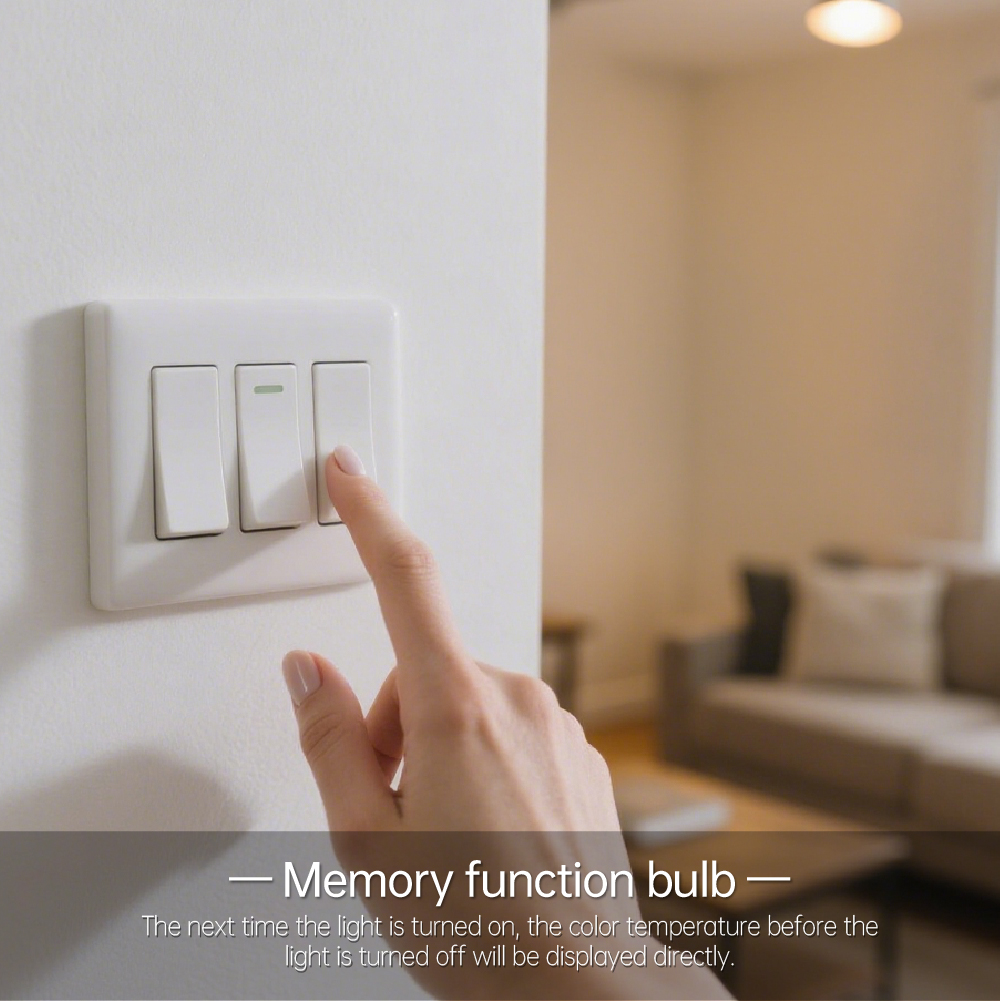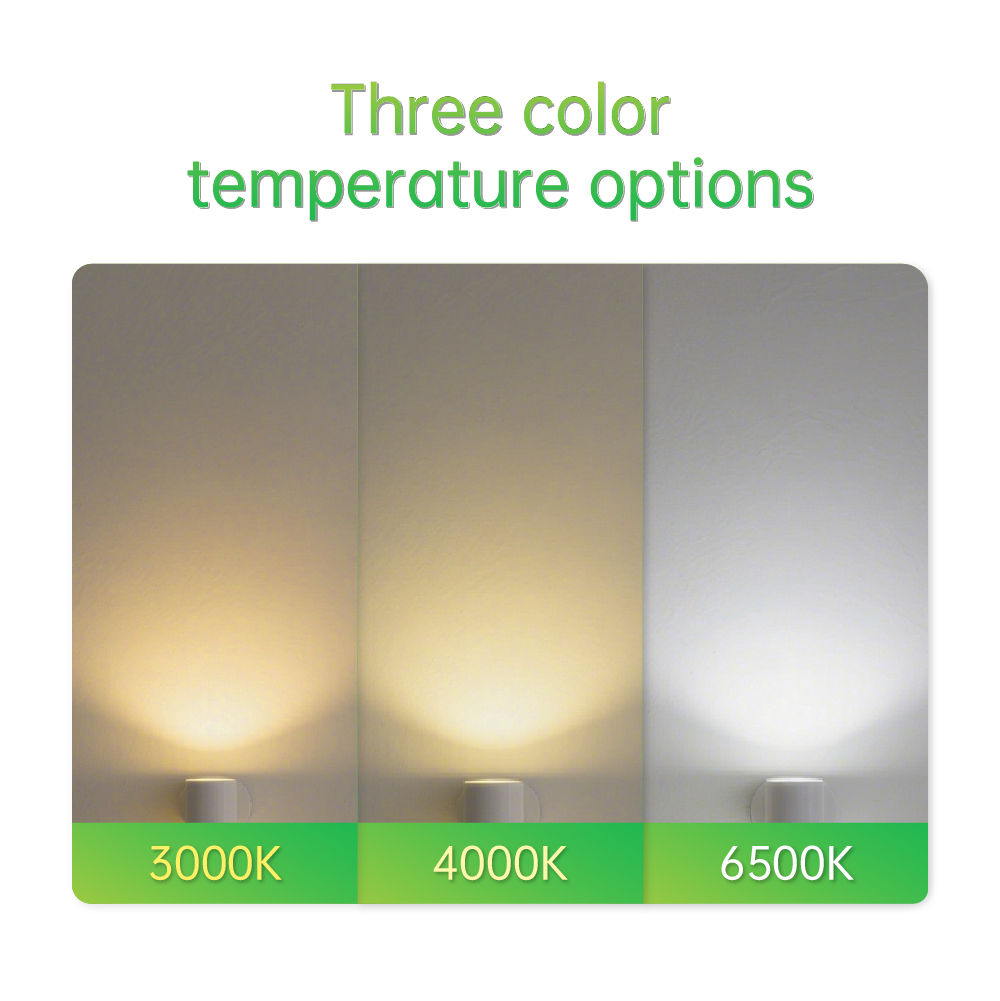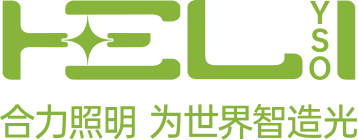2025 Lighting industry deep reshuffle, smart and healthy lighting counter trend growth
The global lighting market is reconfiguring in differentiation, and intelligent and sustainable development is becoming a key path for the industry to break out.
In the first half of 2025, the global LED general lighting industry failed to recover as expected, the new installation market continued to be weak, and the stock replacement market growth slowed down. TrendForce estimates that the annual LED lighting market size will decline by 4.4% to $53.573 billion.
At the same time, the industry showed a clear differentiation. Orders for high luminous efficacy, human health lighting, intelligent lighting and cyclic lighting products have performed brilliantly, becoming a key driver of revenue contribution and solid market share for some manufacturers.
01 Market differentiation: general lighting under pressure, strong growth in niche areas
In the first half of 2025, the construction industry, which is closely related to the LED lighting industry, continued to be in the doldrums, with a slowdown in both new installations and renovation projects. Although the demand for LED replacement in the stock market still exists, the overall market situation shows a weak trend of “volume and price decline”.
In the high cost of energy and the new policy to promote the dual role of outdoor lighting, industrial lighting and emergency lighting and other LED penetration rate is not high segments are releasing incremental demand. These areas are expected to continue to drive the LED street lights, LED patio lights and LED floodlights shipments steady growth.
The artificial intelligence digital infrastructure construction boom has brought new growth points to the lighting market. Driven by this, the demand for related lighting products remains stable, of which shipments of products represented by LED linear lights are expected to maintain steady growth.
02 Intelligent lighting: penetration rate accelerated, smart home and smart city become the main driving force
Driven by energy-saving and emission reduction policies, users’ pursuit of dynamic dimming and color mixing and human health lighting, the LED smart lighting market is accelerating penetration. The technology side is benefiting from the decline in development costs, the introduction of a new generation of compatible protocols such as Matter and the integration of AI algorithms, and the rapid introduction of products to the market.
Demand in the consumer side of the market improved significantly.2025 In the first half of the year, the smart home lighting market rebounded strongly, driving the demand for LED smart bulb lamps, LED smart ceiling lamps, LED smart floor lamps and LED smart strip light products.
Looking ahead to the second half of 2025, the government will increase investment in infrastructure development, and smart city development is expected to drive the growth potential of IoT LED outdoor lighting.TrendForce estimates the global LED smart lighting market size to be $11.573 billion in 2025, an annual growth of 19.2%.
International companies are expanding into the smart lighting market through partnerships. For example, Itron has partnered with Current Lighting to combine Current’s high-efficiency LED luminaires with Itron’s smart control technology to provide end-to-end smart lighting solutions for cities and utilities.

03 Plant Lighting: European Market Supports Moderate Global Demand Growth
The plant lighting market showed regional fragmentation. The US reciprocal tariff policy dampened new and replacement demand for agricultural lighting, particularly affecting the replacement cycle for specialty cash crops. The North American market is more than 80% dependent on Chinese products, and tariff pressure pushed up costs, causing owners to generally delay their procurement plans.
In contrast, the European market is driven by energy-saving regulations and the introduction of high-efficiency products to maintain strong growth in the first half of 2025, effectively hedging the negative impact of North America and other regions.TrendForce estimates that the LED plant lighting market will reach $1.366 billion in 2025, an annual growth of 3.9%.
On the product side, dynamically controllable intelligent LED plant growth lights are being gradually introduced into greenhouses and vertical farms and other applications, gradually becoming mainstream. The proportion of products equipped with 3 to 4 channels of adjustable spectra has increased, and they are deeply integrated with intelligent control systems to promote energy-saving and precision planting.
04 Industry Consolidation: Market Concentration Increases, Stronger is Stronger Pattern Continues
According to TrendForce’s latest data, in 2024, the world’s top 20 lighting manufacturers revenue of $ 23.883 billion, an annual decrease of 5.3%, market concentration continues to improve. The top five vendors in turn are Synovia, Acuity, Panasonic, Lundvans and Oldenburg, the ranking remains stable.
In the first half of 2025, the global lighting market demand is still weak, but high luminous efficacy, human health, intelligent and cyclic lighting products accounted for a rise in the proportion of some companies revenue structure has improved.TrendForce estimates that in 2025 the world’s top 20 lighting manufacturers revenue will fall to 22.947 billion U.S. dollars, an annual decrease of 3.9%.
The pace of industry consolidation is accelerating. Large manufacturers strengthen one-stop solution capability and regional market share through acquisition and brand integration. For example, LEDVANCE’s acquisition of Loblicht and other cases show that the market pattern of the strongest will further continue.
05 Technical innovation: long-lasting lighting and intelligent control become the focus of competition
Technological innovation in the lighting industry is centered on two major directions: long-lasting lighting and intelligent control. Recently, a number of products of Guangzhou Berman Optoelectronics Technology Co., Ltd. have obtained the first “12-year long-lasting lighting” label issued by TÜV SÜD. The test is based on TÜV SÜD’s long-lasting test standard, and the luminous flux maintenance rate of Broman’s luminaires is still more than 85% after 12 years of simulated use, which is better than that of common similar products.
In the context of energy saving and environmental protection has become the mainstream of the industry, LED lamps and lanterns, although energy saving 80% and carbon reduction of 50% of the advantages, but to achieve a deeper meaning of environmental protection still need to rely on the extension of product life. Studies show that doubling the service life can reduce resource consumption and waste disposal burden by 50%.
Intelligent control technology is also advancing. DEBON Lighting has recently obtained a utility model patent authorization named “A circuit to enhance the duration of constant lumen solar lamps”. The patent realizes that the lamps work in constant lumen mode in the early stage of lighting, and in the late stage of lighting, with the decrease of battery output voltage, it slowly reduces the output current value, and reduces the working brightness of the lamps, so as to achieve the effect of increasing the duration of the lamps.
06 Regional Markets: Policies and Regulations to Guide Differentiated Development
Policies and regulations in regional markets around the world are guiding the lighting industry towards differentiation. The Australian government has recently made significant changes to the regulatory system for energy efficiency of lighting products, introducing a series of new regulatory standards and requirements. According to the newly released regulatory framework, LED lamp suppliers are required to fully comply with the requirements of the Greenhouse and Energy Minimum Standards (LED Lamps) Decision 2025 by March 3, 2026.
Regulation for traditional incandescent lamps is also being significantly tightened. Beginning October 4, 2025, all suppliers of incandescent lamps must meet the requirements of the Greenhouse and Energy Minimum Standards (Incandescent Lamps for General Lighting Services) Decision 2024 This policy will accelerate the market exit process for incandescent lamps and drive consumers to more energy-efficient lighting options.
Lighting accounts for about 15% of global electricity consumption, and improving lighting energy efficiency is important for achieving energy conservation and emission reduction goals. By implementing stricter energy efficiency standards, Australia will not only reduce domestic energy consumption, but also promote technological innovation and industrial upgrading in the lighting industry.

07 Future Outlook: Green Innovation and Intelligent Integration Will Become the Mainstream
The future of the lighting industry will focus more on green innovation and intelligent integration. The lighting industry has embraced “green innovation”: a forward-looking approach that combines environmentally friendly practices with advanced technology. This trend is driven by growing climate concerns, strict environmental regulations and consumer demand for sustainable solutions.
LED technology is leading the way in reducing energy consumption, with the International Energy Agency predicting that LEDs will significantly reduce global electricity consumption by 2026, with the potential to reduce carbon emissions by billions of tons per year expected. And the widespread use of solar lighting solutions in urban infrastructure projects further underscores the industry’s commitment to the use of renewable energy.
The demand for personalized lighting solutions is surging. Smart lighting with programmable systems that adjust brightness, color, and temperature according to specific needs provided by the user is expected to reach a market size of $44 billion by 2030. These systems not only improve ambiance but also enhance health by synchronizing with the body’s circadian pattern.
The future competition of lighting companies will no longer be limited to product cost control, but rather turn to technology integration capabilities, sustainable development concepts and personalized service experience of the comprehensive competition. Those who can quickly adapt to market changes, continue to technological innovation will stand out in the industry reshuffle.

